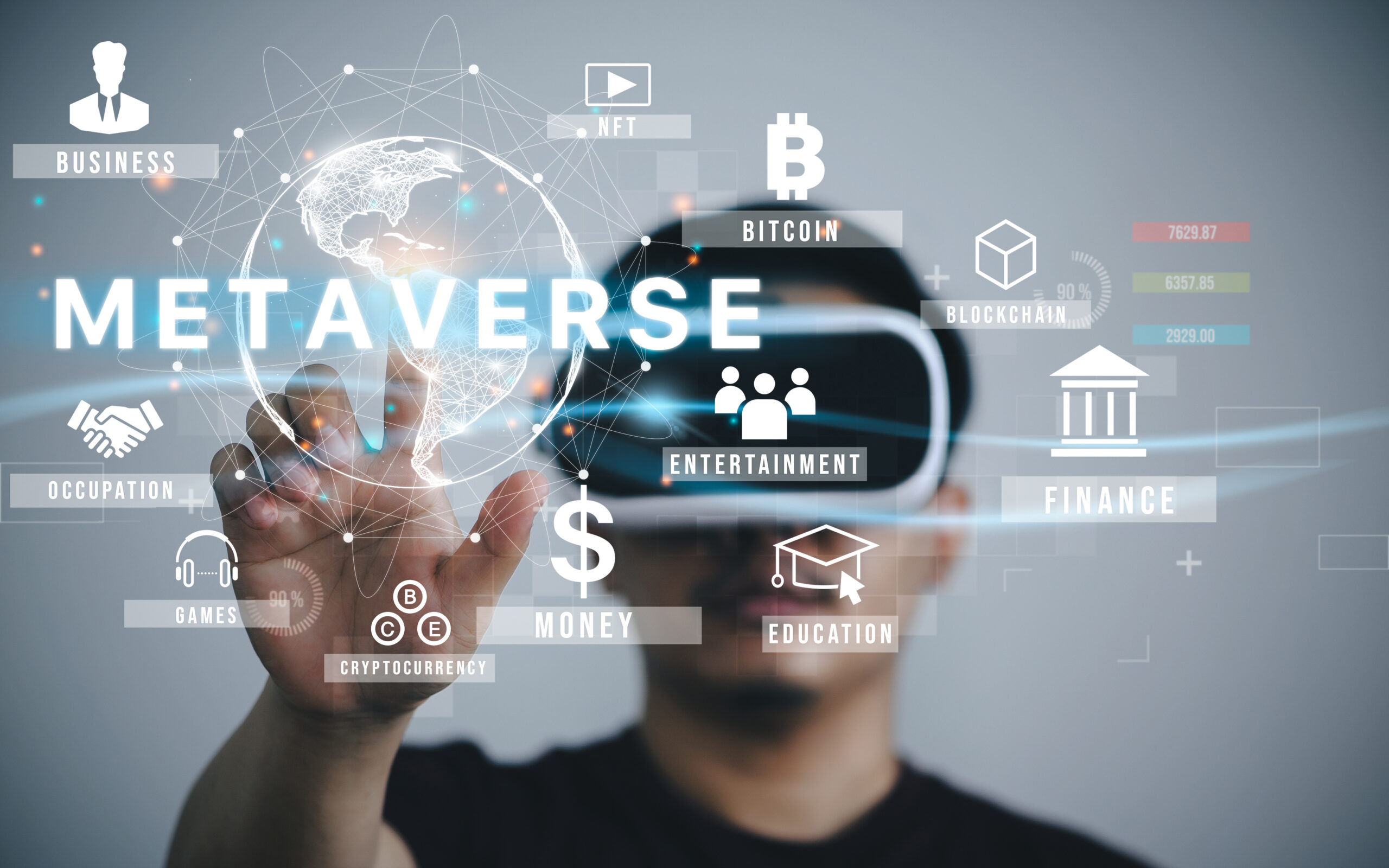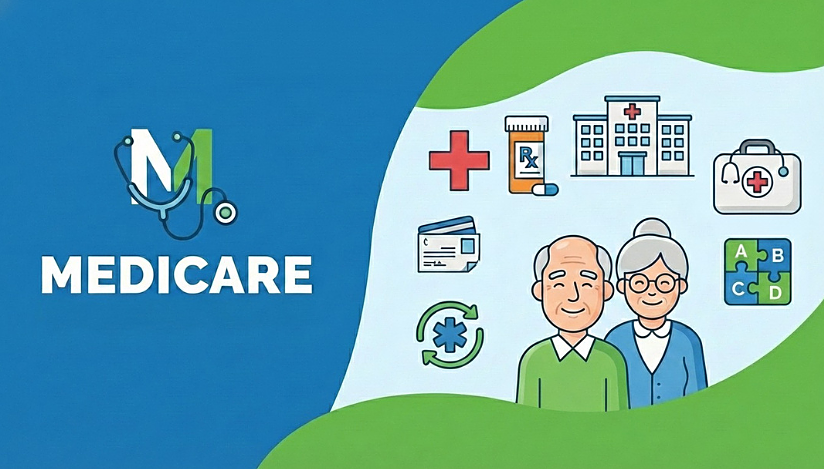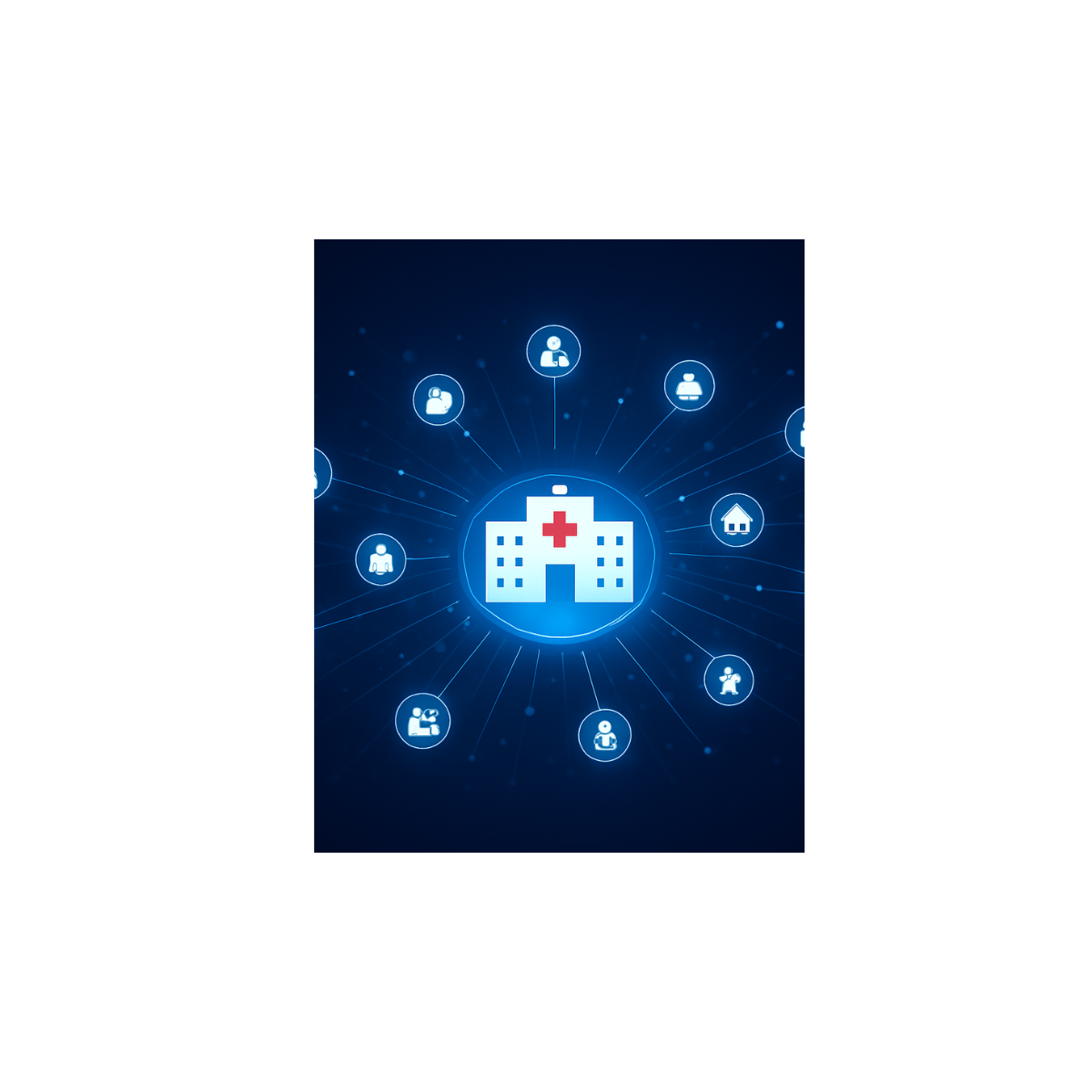Why Healthcare Marketers Shouldn’t Ignore the Metaverse
Brands of all shapes and sizes have been jumping into the metaverse fray as marketers scramble to figure out how to make the most of this growing virtual world to keep up with the competition. But what about marketers in the healthcare space? Is the rapidly evolving metaverse landscape something that requires a wait-and-see approach—or a new opportunity they can’t afford to ignore?
According to many experts, the latter is more likely the case.
Here, we’ll take a look at what some are saying about healthcare and the metaverse.
SHIFT Communications
In a recent SHIFT Communications post, “Metaverse Healthcare Opportunities for Communications & PR,” Kristin Villiotte, Vice President, Healthcare says that although the metaverse might seem like a sci-fi notion in the healthcare space, the digital experiences that underpin it have been in the works for some time.
“In reality, we’re already living in a version of the metaverse,” Villiotte writes. “Metaverse is simply a term to describe the evolution of the digital world into one that is even more immersive and interconnected. While perhaps best understood in the context of gaming and virtual reality, the metaverse is quickly becoming an important space for healthcare companies.”
Villiotte cited December 2021 data from The Harris Poll that found that 70% of Gen Z and Millennials are interested in interacting within the metaverse.
Additionally, since the majority of Americans (58%) “don’t even understand what these digital realms are,” younger generations will be the users who propel continued metaverse growth.
That’s why Villiotte underscores the need for the healthcare industry to be exploring and entering this space: those younger generations are the healthcare consumers of the future and their expectations for metaverse experiences will extend to their healthcare providers.
In describing the healthcare communications opportunities available in this context, she emphasizes that cutting-edge technologies and offerings can only be relevant if consumers understand how they can help support health and wellbeing.
“For many brands, a social and emotional connection with their audience can outweigh the ‘tech’ in the long run,” she writes. “Authentic, meaningful connections with patients and consumers will be key in the metaverse. Healthcare companies will need to cut through the noise with compelling, value-adding communications that address the personal experiences and needs of their audience members.”
Invivo
In a February 2022 post, “Beyond Buzzwords, what does the metaverse mean for the healthcare industry?”, medical communications firm Invivo says the metaverse is nothing new to the healthcare industry, since they’ve already been creating it: “Each interactive and immersive extended reality experience (whether augmented reality or virtual reality) can be seen as a focused and complete metaverse of its own.”
However, Invivo says the current “hype” is related to “stitching them all together into larger platforms, which will have its own benefits and challenges for the healthcare industry.”
The metaverse components Invivo is referring to are:
- Virtual Reality (VR): “Interactive experiences where your whole field of view is in a virtual space, by wearing a headset that blocks out real-world sight & sound.”
- Augmented Reality (AR): “Interactive experiences where information and objects are overlaid onto the real world, through goggles or through a smartphone.”
- Mixed Reality (MR): “Similar to AR, with digital interactive elements anchored to real-world objects and points in space.”
- Extended Reality (XR): “The umbrella term for all of the above.”
Individually or in combination, here are a few of the ways Invivo says these applications can be applied to healthcare:
- Medical Training and Outreach: “Immersive training in VR is highly effective. …Templates, animation, learning modules, interactive data sets; all of these can be put together into one experience with user-centered navigation to maintain the user’s engagement as they explore.”
- Storytelling: “As the technology has become more portable and user-friendly, the focus now is on the quality of the content and storytelling. An effective story told to explain complex science, large data sets, or a patient’s experience will always engage the user far more than words printed on a page.”
- Hands-on learning: “Because AR allows you to see the world around you with interactive visuals displayed on glasses, goggles or even a phone screen, it’s ideal for guided remote training and training within real-world settings. Everything from clinical scans, anatomy at 1:1 scale, or any kind of technical diagram can be brought to life, and multiple pieces within a metaverse can be collected to tell a fuller story.”
Rock Health
In another February 2022 post, “Digital health enters the metaverse,” Rock Health experts describe the dynamics that are creating an interface between digital healthcare and this virtual world: “While metaverse trends related to gaming and art may feel miles away from healthcare, today’s metaverse leaders are also making health moves. So does digital health have a place in virtual worlds? Turns out, digital health startups have already entered the metaverse, with some implications in tow.”
Paraphrasing Mark Zuckerberg, Rock Health says the metaverse “changes the relationship between people and technology, allowing users to experience themselves within or alongside virtual content, rather than simply interacting with digital products and solutions.”
Noting that there is a “wide range of possibility for healthcare in the metaverse,” Rock Health experts say two of the most common are:
- Immersive environments: “Virtual or hybrid worlds that healthcare providers and consumers engage with for educational, assistive, or therapeutic purposes.”
- Digital twins: “Representations of real-world entities that exist in virtual worlds and can be manipulated to glean insights for healthcare decision making.”
In terms of what may be ahead for healthcare in the metaverse, the experts say they’re “especially excited” about the potential for the metaverse to decrease the burden patients face in their real lives “whether by scaling access to therapeutic environments or by simulating possibilities before making care decisions.”
Additionally, “We also wonder how these solutions might deepen connections in virtual communities, break down isolation barriers for seniors and people with disabilities, and make it easier for individuals to participate in research.”
Medical Marketing and Media
In a post for Medical Marketing and Media (MM+M), “Healthcare marketers won’t be left behind in the metaverse,” writer Sarah Mahoney says that although it can be easy to dismiss the metaverse as media’s “latest shiny object,” some of the most prominent healthcare and life sciences organizations are pushing into the metaverse in different ways to see what works best.
“As varied as the early experiments are, there is an exciting common denominator: They’re all based on the belief that the industry can create new ways to blend physical and virtual worlds — and in the process, make people healthier,” Mahoney writes.
Referring to the metaverse as the “next iteration of the internet,” aka “Web 3.0,” she says the technologies involved are already familiar to many users and that the “greatly enhanced ability” to connect with others in online communities will be a big draw.
“But in the metaverse, it will all be done differently, in ways that are more experiential and immersive than most people can currently imagine. And it will offer a kind of portability that’s hard to grasp,” Mahoney writes.
Saying that healthcare brands are “clamoring” to learn more about what’s possible in the new and evolving space, she cites a number of experts who describe the healthcare/metaverse interface and includes a recent report by Wunderman Thompson Intelligence, “Into the Metaverse.”
The report reveals the priority most people place on technology—including the significant role it plays in their wellbeing.
In a section entitled “Connected wellbeing,” the report lists several examples that demonstrate how healthcare is pushing into the metaverse: “From prescription gaming to VR pharmacies, digital therapeutics are earning medical backing—cueing up a new class of meta-medicine that brings a dimension of physicality to digital tools.”
The firm also offers five lessons for entering the metaverse that include things brands should remember—as well as what they mean. Themes include:
- The “rise of a new ecosystem of virtual living” that brands will need to be part of.
- The desire of users to be able to reflect their real-life values in their virtual worlds.
- Virtual and physical worlds that are becoming “superimposed.”
- Two key pathways from which brands must choose to help “bring the metaverse to life.”
- Collaboration as a requirement and the “quickest point of entry” into the metaverse for those who want to become part of it.
For the complete and detailed list of “5 Brand Lessons for Entering the Metaverse,” please see the full report.
Contact us today to find out how we can help you level up your healthcare marketing strategy.







 Ad Choices
Ad Choices